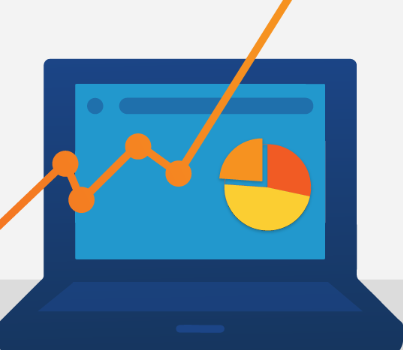
Optimizing a website’s performance is a cornerstone of digital success. Yet, understanding what “web performance” really entails can be complex. It encompasses a wide range of indicators—each relevant to different goals, platforms, and industries. Knowing which metrics to track, and why, is critical to improving user experience, boosting conversions, and supporting your broader business strategy.
Defining Web Performance Through Key Metrics
The specific indicators that define performance vary based on your business model. For instance:
- Retail websites prioritize conversion rates.
- Content-driven platforms focus on page views, session duration, and bounce rate.
- Geographically expanding businesses analyze traffic patterns based on regional interest.
Despite the differences, the common thread is the need for visibility into user behavior and system performance. Tracking the right KPIs helps identify strengths, uncover weaknesses, and steer data-driven decisions.
Interpreting the Data Behind the Metrics
Collecting performance data is just the beginning. The true value lies in understanding why certain metrics shift and how to respond. If visitors aren’t staying on a page, what’s driving them away? Are navigation issues causing users to abandon a purchase midway? Is the site struggling to rank well on search engines despite quality content?
These questions often require a combination of behavioral and technical data to answer. A poorly optimized landing page might lose traffic despite strong ad campaigns. Alternatively, excellent content may underperform if the site’s speed or responsiveness is lacking. Cross-referencing different KPIs allows you to spot these disconnects and implement targeted solutions.
The Role of Technical KPIs in Website Performance
While content and engagement metrics offer valuable insights, technical performance indicators often have the most direct impact on usability and search engine visibility. When users access your website, they expect a seamless, fast experience—regardless of their device or location. Any delay can lead to frustration and lost opportunities.
Two core reasons to prioritize technical performance are:
- User satisfaction: A laggy or unresponsive website drives users away, increasing bounce rates and decreasing the chances of conversion.
- Search engine ranking: Google’s algorithms reward sites that load quickly and perform reliably. Poor technical performance can hinder SEO efforts, regardless of how good the content is.
Key Technical KPIs You Should Be Monitoring
Here are the most important technical metrics to help you measure and improve your website’s performance:
1. Page Load Speed
This measures how long it takes for a page to fully load from the moment a user makes a request. It includes:
- Server response time (Time to First Byte – TTFB)
- Network data transfer speed
- Browser rendering time
Load speed can be improved through content optimization and the strategic use of Content Delivery Networks (CDNs).
2. Time to Interact
This tracks how quickly users can begin interacting with a page element—like clicking a link or filling out a form. Reducing this delay is vital for user engagement and task completion.
3. Requests per Second
This refers to the number of HTTP requests the server processes each second. Surpassing the server’s handling capacity leads to slower response times or outages, particularly during high-traffic periods. Load balancing and bandwidth management can mitigate these issues.
4. Time to First Byte (TTFB)
This is the time it takes for a user’s browser to receive the first byte of data from your server. TTFB is especially important for dynamic sites where content is generated on the fly, and it reflects how quickly the server can handle and respond to personalized content requests.
5. Error Rate
This metric tracks the number of server-side errors over a specified time. Monitoring error rates helps detect issues related to code stability, infrastructure performance, or unexpected traffic spikes—critical for diagnosing problems before they impact the user experience.
Using KPIs to Guide Continuous Improvement
While the list above is not exhaustive, it provides a foundational framework for monitoring web performance effectively. Each metric sheds light on different aspects of your website’s functionality and user experience. When used together, they allow businesses to identify performance gaps, make targeted improvements, and ultimately drive better outcomes—from customer satisfaction to revenue growth.
In today’s digital environment, technical performance isn’t just an IT concern—it’s a business imperative. The ability to consistently deliver a fast, reliable online experience is a competitive advantage no company can afford to overlook.












